I’ve had a love of science fiction, fantasy, and superheroes since I was a small kid. I remember my brothers and I all getting our weekly comic magazines, each filled with different artists and storylines. My favorite was a magazine called Pif Gadget. Particularly, I remember falling in love with the work of Raymond Poïvet, and his science fiction series called Les Pionniers de l’Espérance.
As I began drawing, and throughout my artistic career, I’ve been drawn to the style of many of the great artists in the field. Here’s a few of the ones who most influenced me:
John Buscema
John Buscema was the artist I was most influenced by when I first began drawing. His work was all over the Marvel universe of comic magazines, including The Silver Surfer, and The Avengers. Buscema’s style was iconic in it’s bold lines and movement, but was more accessible to me to imitate than the more complicated drawings of Jack Kirby of both Marvel and DC fame.
Buscema, Kirby, and later, Bernie Wrightson (and his series, The Swamp Thing) and Frank Frazetta showcased a unique American style of drawing superhero, fantasy and horror comics with a lot of action, movement, and detailed linework.
André Franquin
At the same time I was drawn to the American comic style, I was also influenced by French and Belgian artists such as André Franquin and later Marc Wasterlain. Where the American style had more edges and sharp lines, Franquin’s style was both very dynamic and fluid for a more playful feel. As for Wasterlain, he introduced a new inking style that broke the clean inking line that was so ubiquitous in the comic industry, and encouraged me to explore different line work in my early animation career.
Moebius
When I turned 15, I first discovered Metal Hurlant (Heavy Metal) magazine – starting with issue 7, to be exact. Metal Hurlant was a game changer for me. There were 4 artists highlighted in the magazine who were responsible for completely changing the face of the comic book industry: Bilal, Druillet, Meziere, and most importantly to me – Moebius. Each had a very powerful, unique style, but Moebius in particular had a way of visual storytelling that was unparalleled and a technique that was flawless. I found my style changing quickly from superheroes and monsters to drawing Moebius’ famous character, Arzach, over and over again. By the time I was in art school, I was mimicking the crazy complicated images of both Moebius and Druillet in my own work and mixing it with Wrightson to illustrate superheroes.
Chris Foss
As I progressed through art school, I was exposed to many new artists, both in the traditional arts, and the comic and entertainment industries. I was 17 when Alien was released, featuring much work by Moebius, and also Chris Foss.
I was a big fan of Chris Foss before Alien because of the tons of book covers he had painted – I bought most of my science fiction books based on his art. But while I admired and appreciated Foss’ work, his style didn’t come to be an influence until much later in my career, when I began to shift from animation to painting and started learning Photoshop. In particular, I appreciated the unusual and organic shapes of his ships and vehicles, how he pushed the boundaries of what the future of space travel could look like.
Syd Mead
Shortly after Alien was released, came Blade Runner, another classic science fiction film. Blade Runner introduced me to the incredible work of Syd Mead. Similar to Foss, I was in awe of Mead’s work, but it didn’t apply to my work until I began painting more regularly. I was particularly drawn to how Mead envisions landscapes and cityscapes with both such vastness and such technical detail from his experience as an industrial designer.
John Berkey
Many years later, a friend introduced me to John Berkey’s first book Painted Space. Berkey’s paintings has a similar theme as Chris Foss, with a focus on space fantasy. Where I liked the technicality of Mead’s painting style, I equally liked Berkey’s more abstract and painterly work. Just when I was starting with Photoshop, Berkey caused me to completely rethink my approach, and push for a more painterly, abstract feel while capturing enough detail to give a powerful sense of scale and scope.
I could list a dozen more artists who have inspired me over the years – from Renaissance painters to science fiction illustrators – each leaving a particular impression on my work. Though over experience, I’ve developed my own distinct style, I’m constantly looking for new approaches to keep the work fresh and challenging.
Muddy Colors, who have been some of your top artistic influences?


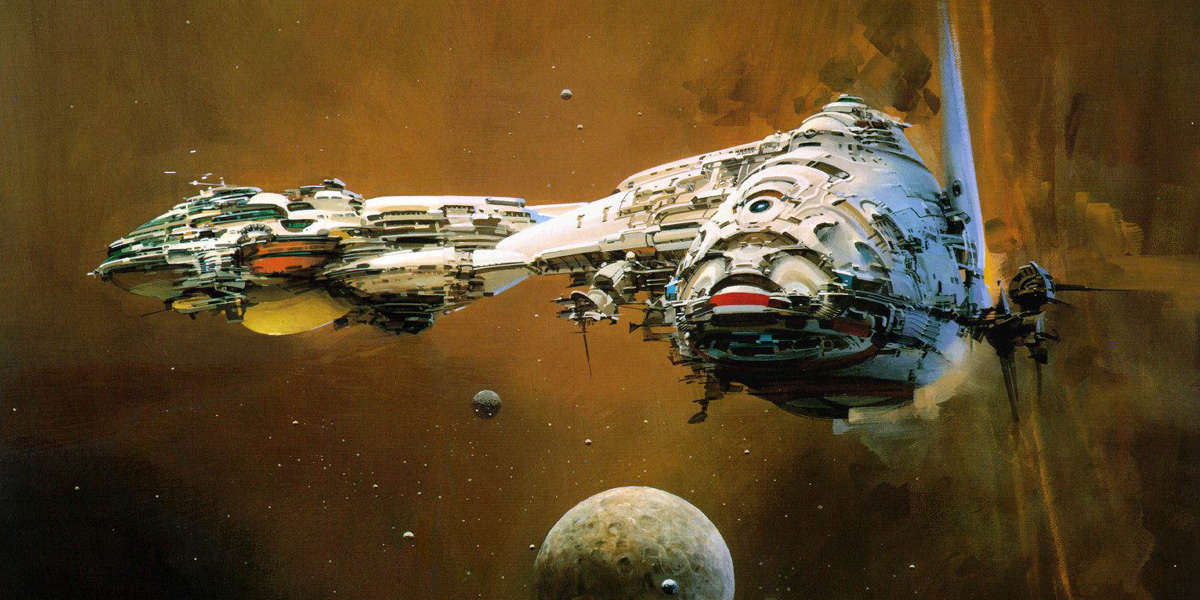
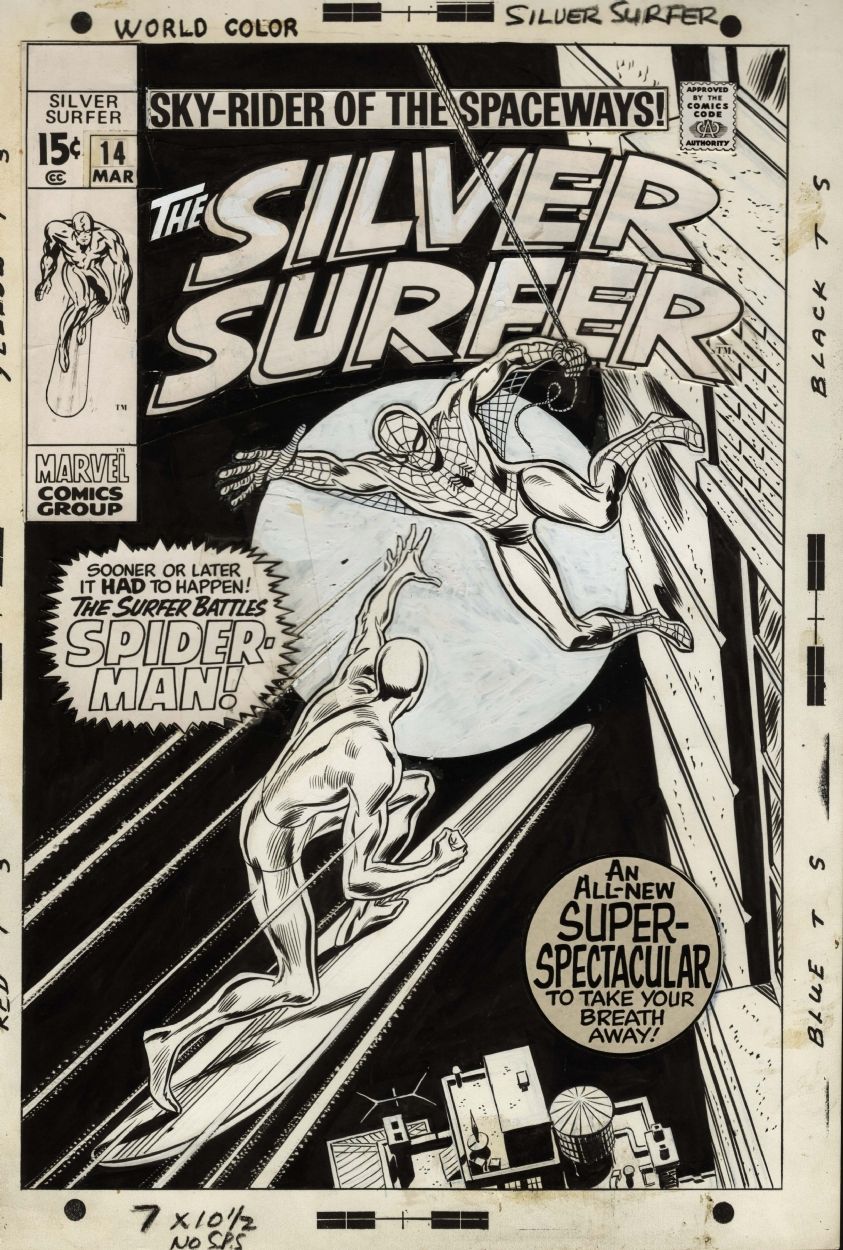
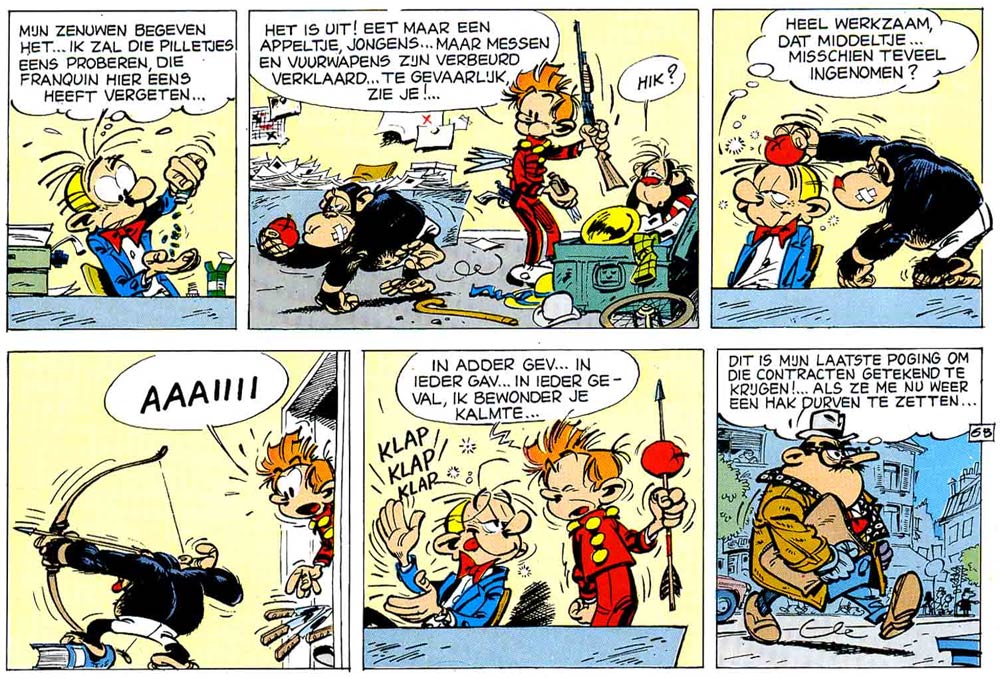
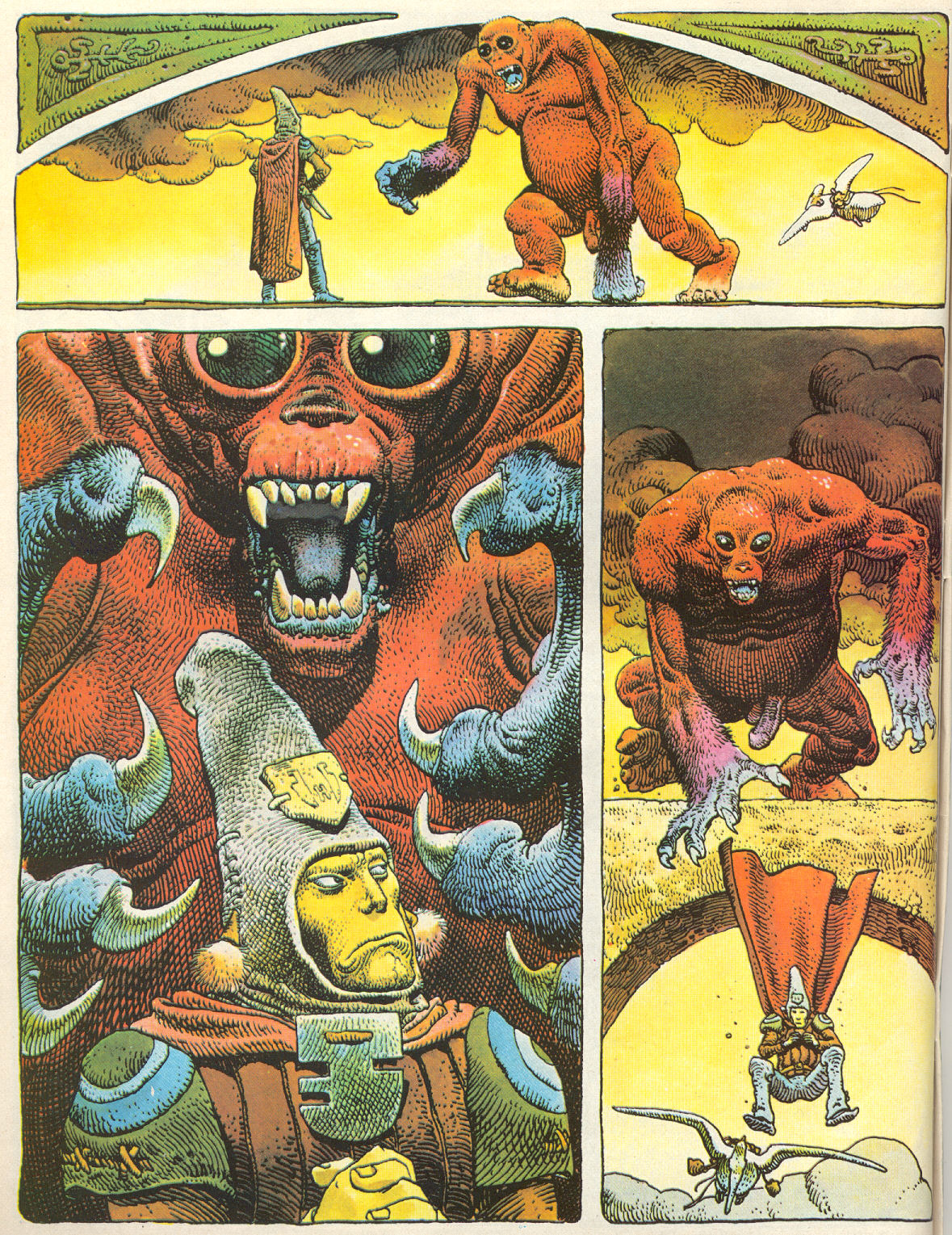
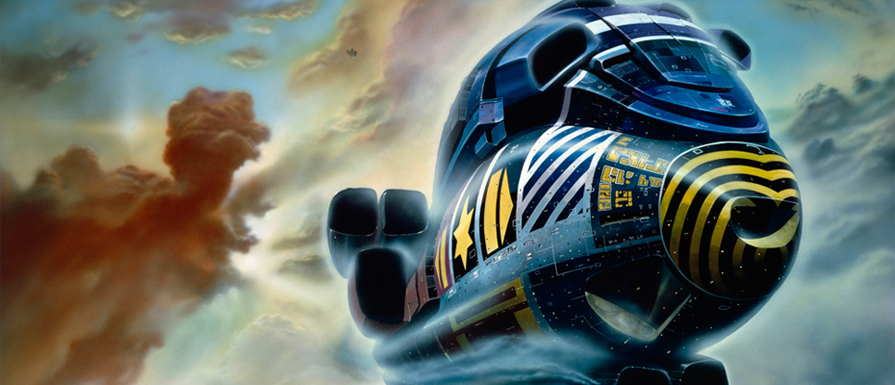
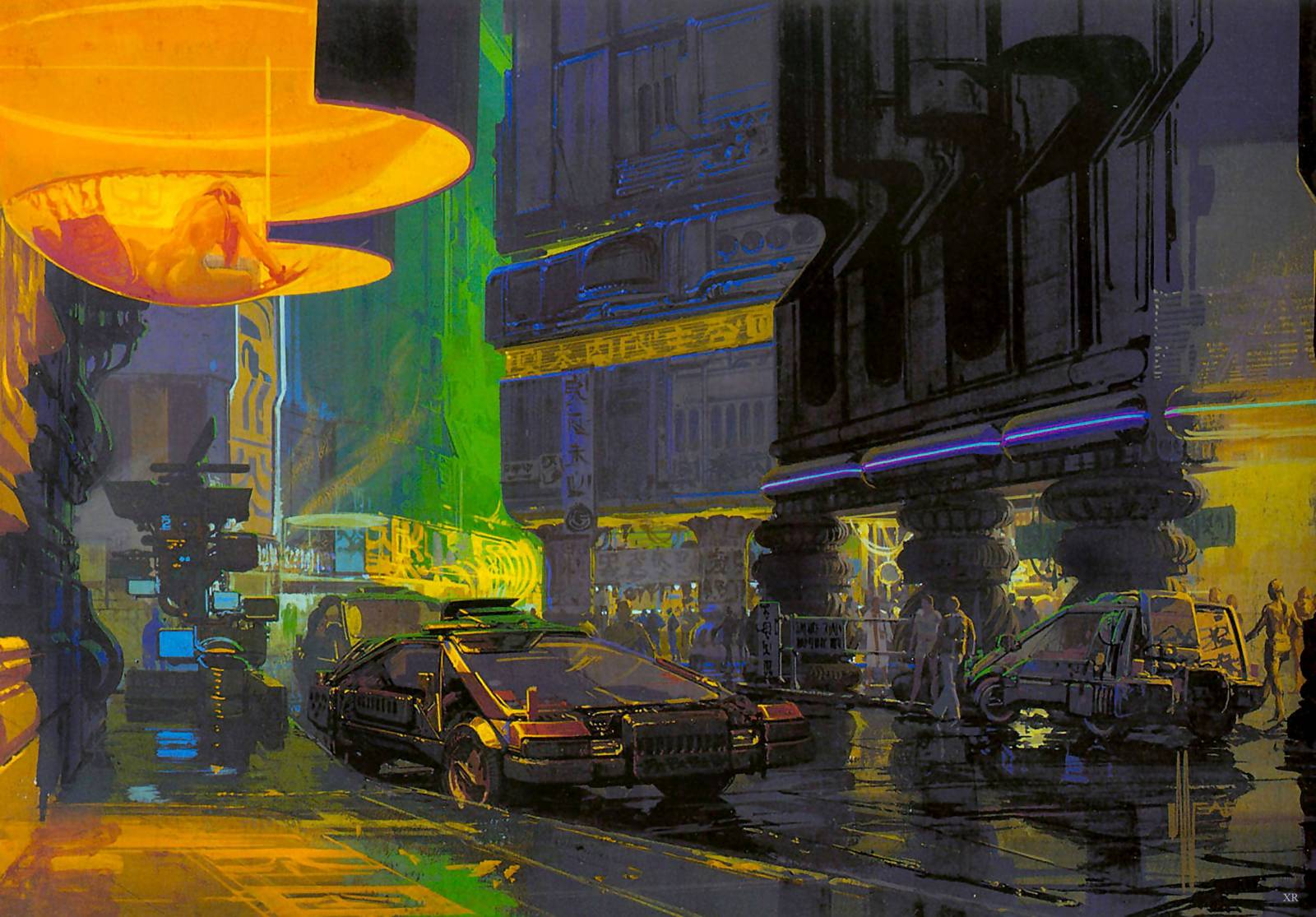

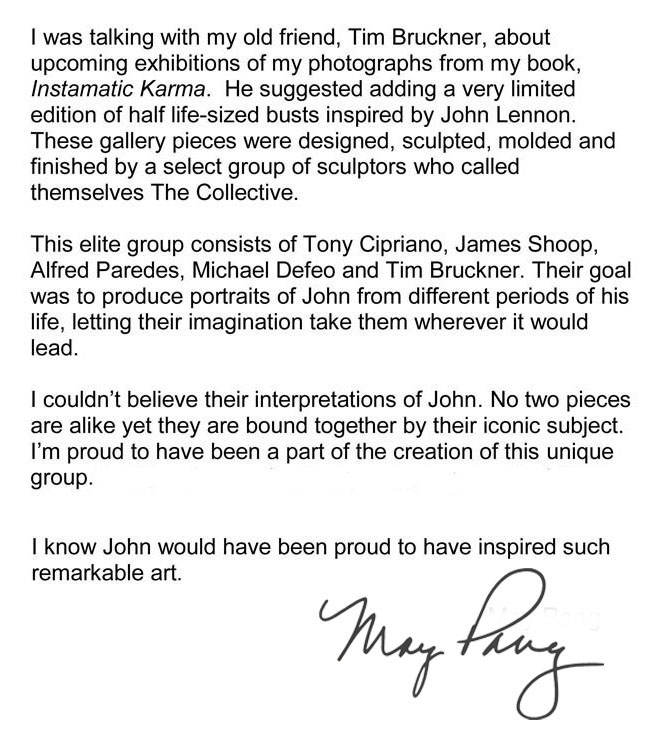
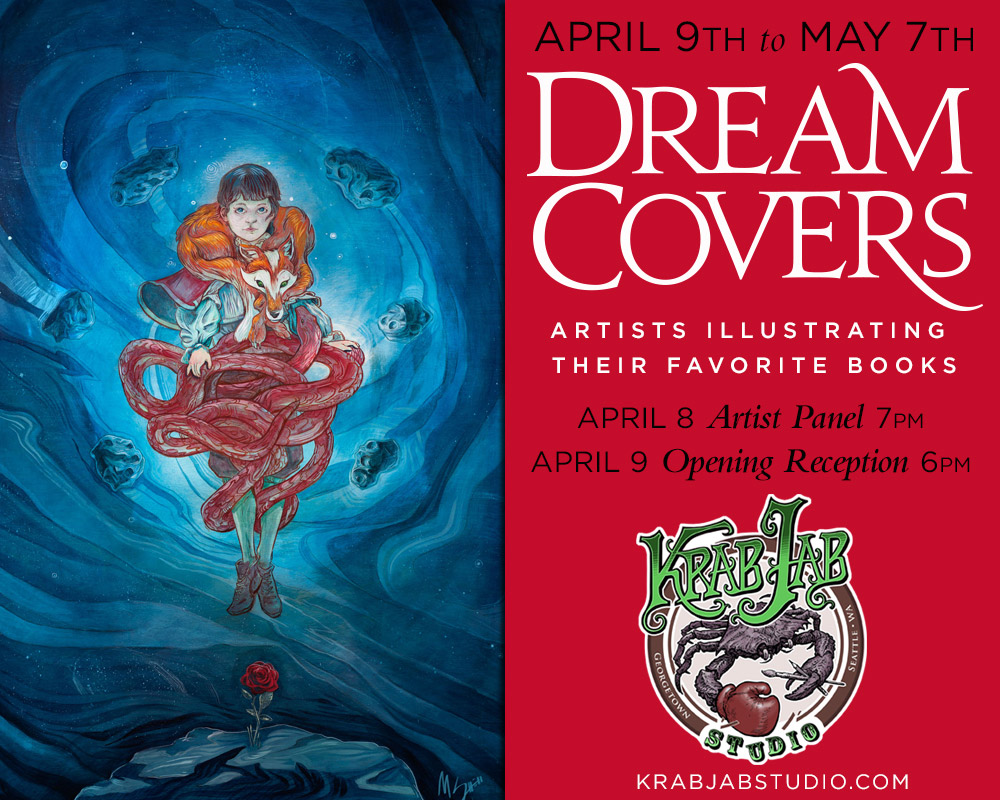
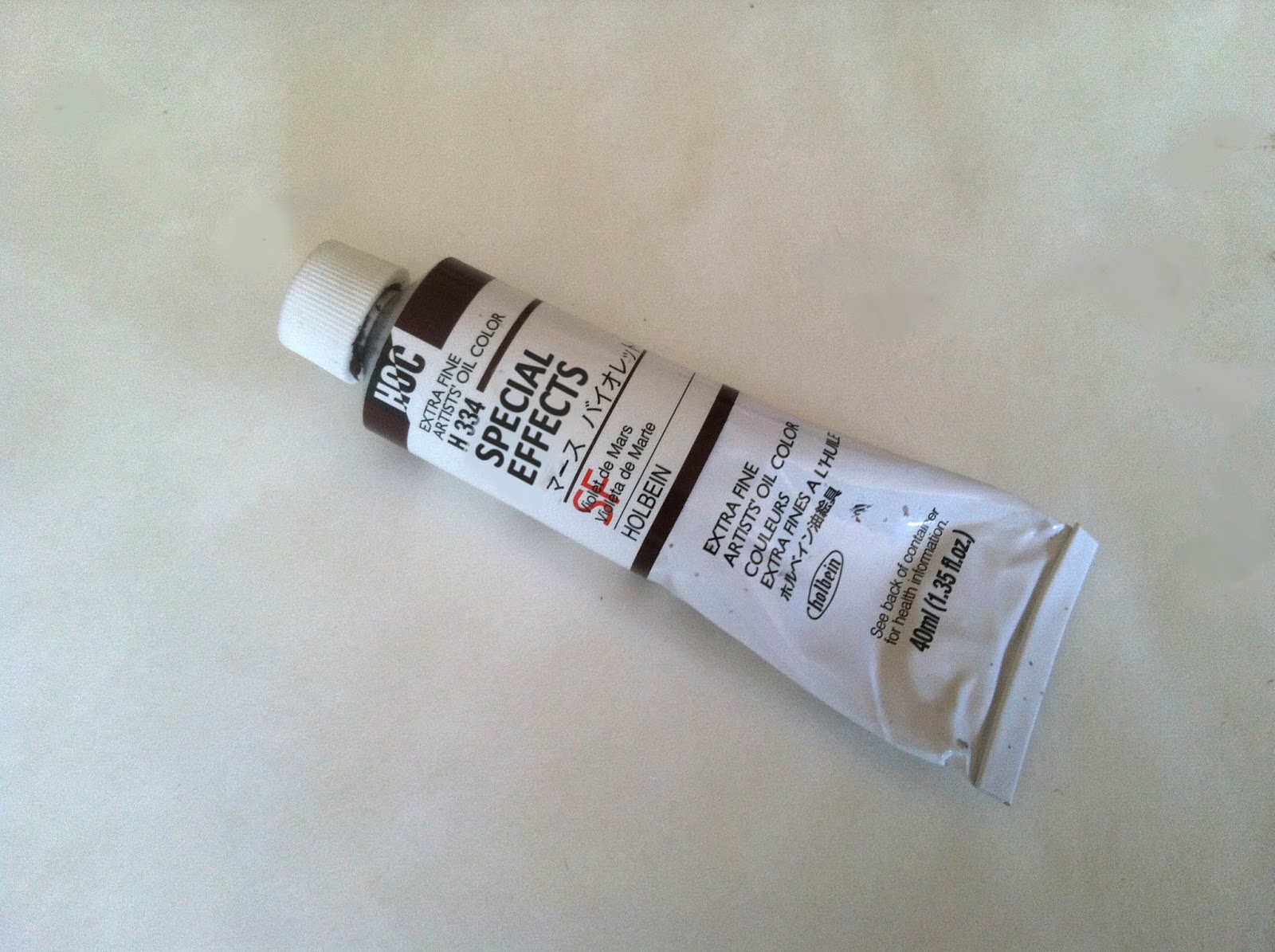

Great post! Interesting to see who influenced our muddycolors heroes!
The is so many I could mention, but to point out the ones that comes to my mind right away would be these guys Frazetta, Berni Wrightson, Simon Bisley and Paul Bonner.
I only listed a few and most definitely the important one but surely I could include these artists as well who had a significant influence as well., Alphonse Mucha, Georges De La Latour, JC leyendecker, Christopher Blossom, Hiroshi Yoshida, Alma Tadema, Maxfield Parrish, Otto Wagner, Dean Cornwell, Egon Schiele and I am sure I forgot some.